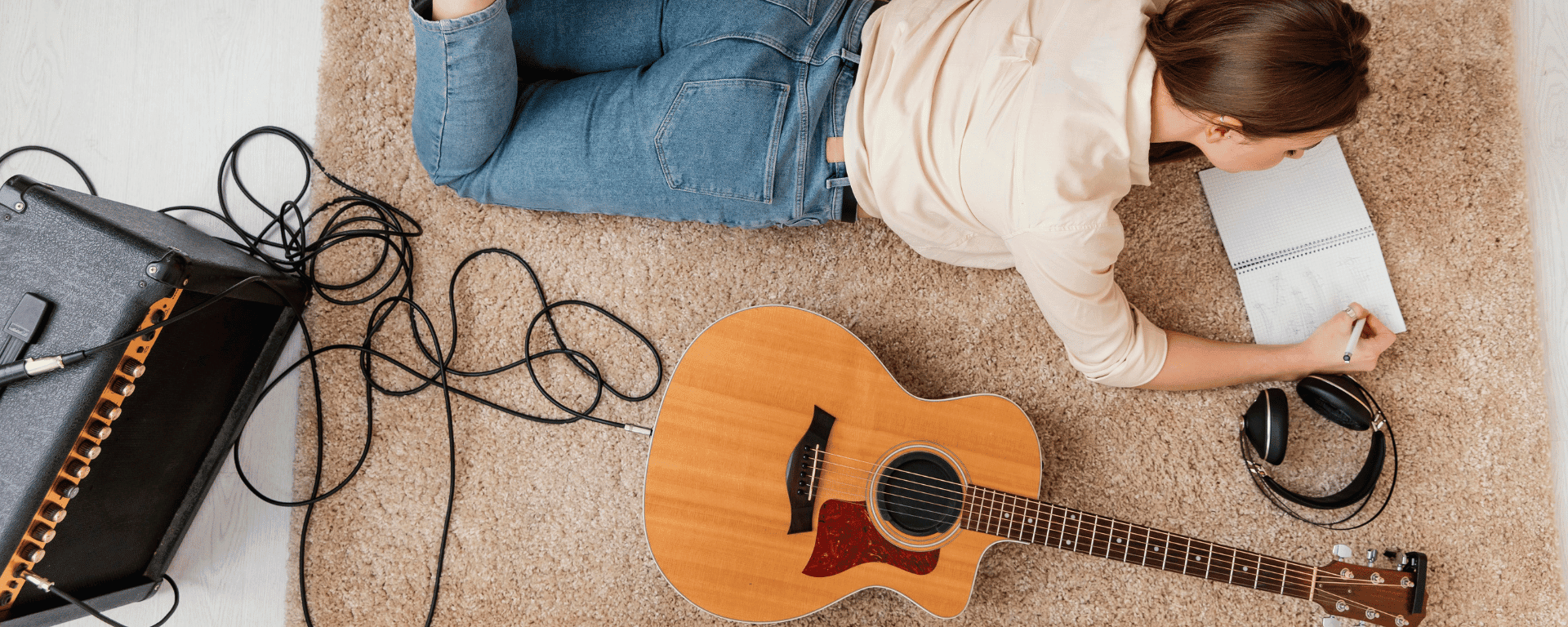Hey there, aspiring songwriters! So you’ve got a bunch of lyrics floating around in your head, but you’re not quite sure how to make your own song? No worries, we’ve got your back! We’re going to walk you through the process of making your own song and share some tips and tricks along the way. Let’s dive in!
Lyric Writing
First things first, let those creative juices flow! Start by jotting down whatever comes to mind. It doesn’t have to rhyme or make sense right away. Just get those thoughts out on paper and see what emerges. Once you’ve got a few lines or stanzas, start piecing them together like a puzzle. You can even try crafting a catchy chorus or hook that’ll stick in people’s heads. Be honest and write from the heart—authenticity is key here!
Melody Writing
Now it’s time to give your lyrics a melodic twist. Hum or sing your lyrics and see if you can come up with a melody that fits. Keep it simple and easy to follow so that folks can sing along with you. Experiment with different rhythms and notes to add some flavor to your melody. Repetition is your friend too—catchy hooks or choruses are born from repeating a melodic phrase.
Chord Progressions
Alright, we’ve got lyrics and a melody. Now let’s add some chords to the mix. The tried-and-true I-IV-V progression is a popular choice in many songs. It’s made up of chords built on the first, fourth, and fifth degrees of a key. For example, in the key of C major, your chords would be C, F, and G. But hey, don’t be afraid to break the mold and try out different progressions! Minor chords bring out a somber vibe, while seventh chords can add a jazzy twist. Remember, the chords should support the melody and lyrics, not the other way around.
Arrangement and Production
You’re almost there! Now it’s time to think about the arrangement and production of your song. Consider which instruments will join the party, the tempo of the song, and the overall mood you want to create. This is where you can really let your creativity shine. Don’t be afraid to experiment with different effects and production techniques. You can start off with free digital audio workstations or try out programs like MelodyStudio to have all your lyrics, melody, and chords in one handy place when you make your own song.
Take your time with the production process, and don’t hesitate to ask for help from fellow musicians or producers if you’re keen to learn. The goal is to create a song that connects with your audience, so trust your instincts and keep tweaking until it feels just right.
So there you have it, folks! Learning to make your own song from scratch might seem daunting, but by breaking it down into these simple steps, you’ll find it’s totally doable. Keep your message clear, experiment with melodies and chords, and be open to trying new things in the arrangement and production phases. Before you know it, you’ll have a song that’s ready to be shared with the world. Happy writing!

